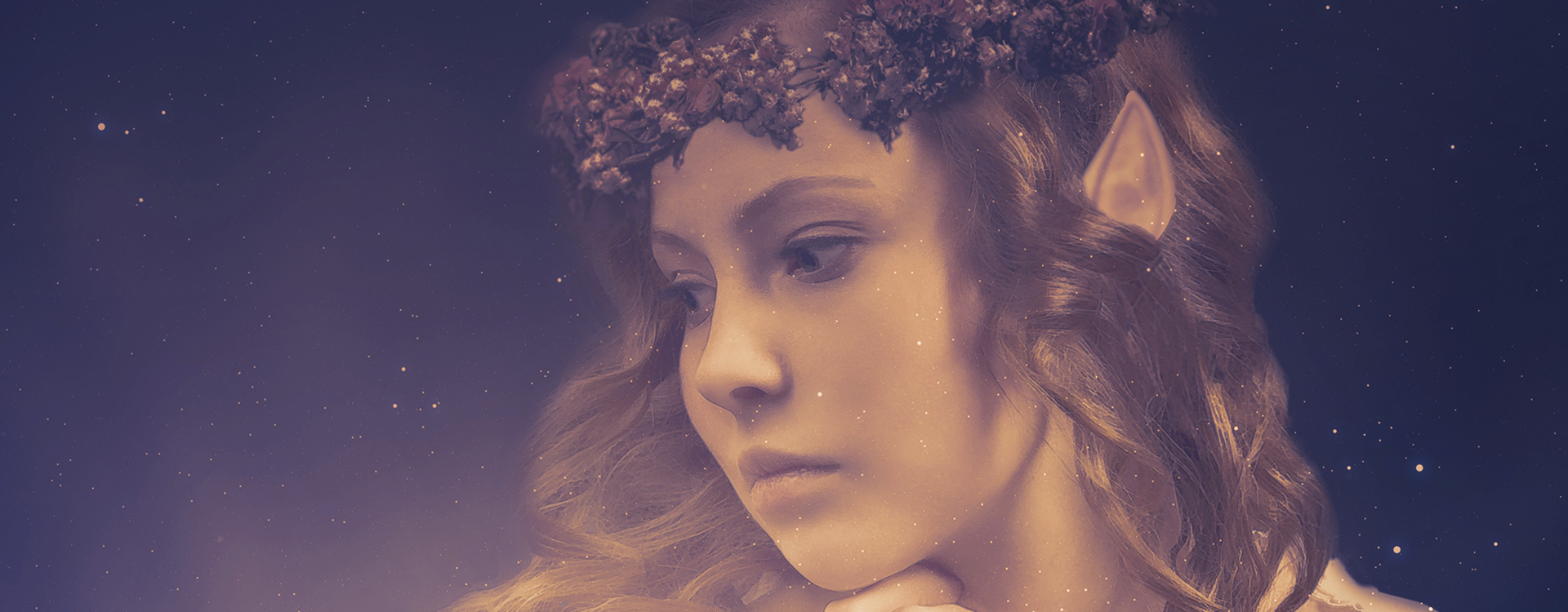Elf
If Her elves are any indication, The Mother must be resplendent in vibrant tones. She must be the most colourful being in all the cosmos.Elves are one of four sapient races of Tiyu Amara, following after the dragons and humans and predating the arrival of the merfolk. They are native to the realm of Tiyu Noha, and came to Tiyu Amara during the devastating Collision.
Characteristics
Elves are taller than humans, usually standing between 1.7 and 2.3 metres. Compared to humans they have a greater variety of skin tones, including the human range and adding more saturated yellows and reds. Hair colour is even more varied, with nearly every hue being known to exist. Elves' lifespan varies greatly by location and environmental factors, but on average they live longer than humans, with many reaching the age of 80 compared to the human 60.Reproduction and Gender
Unlike humans, elves do not have biological gender, and their reproductive system allows them to bear children with any other member of the species. However they have a far lower fertility rate than humans, meaning they have less children on average. Gestation also takes longer, lasting closer to 300 days. Elves are capable of having children with any human, regardless of that humans' sexual characteristics, as a result of their unique biology. These offspring, known as either half-elves or half-humans depending on which parent they take after, can be more or less like their elven offspring. Commonly, these children will inherit the elven reproductive system, but after many generations of human interbreeding this may no longer occur. Due to not having biological gender, elves also do not have social gender in the same way that humans do. While this can cause friction in communities with both elf and human populations, it is not unheard of for elves to adopt human gender roles in order to better fit in with their neighbours. This is very common for half-elves, as their human parents will often impart these roles on them. Many have been known to deliberately toy with the gender roles of the human community they are a part of, as it does not have the same importance to them.
Genetic Ancestor(s)
Lifespan
80 years
Average Height
1.7 - 2.3 metres
Related Ethnicities




Comments
Author's Notes